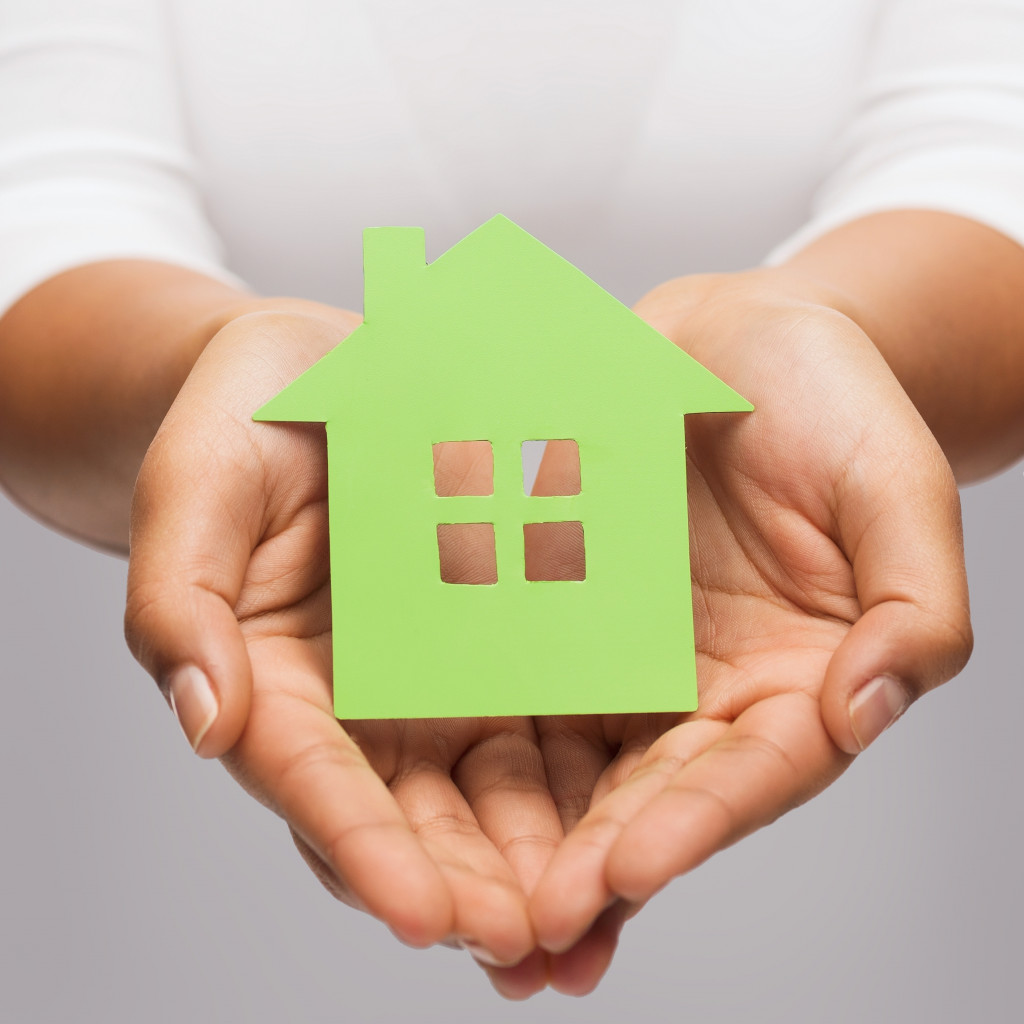Disclaimer: This website provides health information for educational purposes only and is not a substitute for professional medical advice, diagnosis, or treatment. Always seek the guidance of a qualified healthcare provider with any questions you may have.
• Opt for low- or no-VOC paint and coatings when renovating.
• Choose green insulation products with high R-values to reduce air entering the building.
• Consider using sustainable flooring options like bamboo or cork for a natural look and hypoallergenic environment.
• Install energy-efficient appliances and fixtures for fewer pollutants and lower energy bills.
• Invest in a high-efficiency HVAC system to improve air quality and reduce energy use.
Home renovations have become increasingly popular in recent years, with homeowners opting for green renovations to maximize their health and wellness. From low-VOC paints to energy-efficient appliances, here are excellent ways to improve the indoor air quality of your home and promote healthier living.
Low-VOC Paints & Coatings
When renovating your home, choosing paints and coatings that are low in volatile organic compounds (VOCs) is important. VOCs are chemicals commonly found in many standard paints and coatings and other products like furniture, cleaning supplies, and more.
Exposure to VOCs has been linked to a variety of health issues, such as headaches, asthma attacks, and respiratory irritation. That’s why opting for low- or no-VOC paint is important when renovating your home.
Low-VOC paint is available at most major hardware stores these days — just make sure you read the labels carefully. You can also look for paints that are certified by an environmental organization.

Home Insulation
Proper insulation is essential for keeping your home comfortable and plays an important role in air quality. Insulation helps reduce the amount of air that escapes your home, which can help improve indoor air quality by reducing the likelihood of contaminants entering the building.
When choosing insulation for your renovation project, look for an expert insulation company that specializes in green insulation products. Several types of green insulation, including cotton, wool, and recycled paper — are safe for the environment and can help improve indoor air quality.
Furthermore, you can opt for higher R-values — the measure of an insulating material’s resistance to heat flow. The higher the R-value, the better your insulation will be at trapping air and keeping pollutants out of your home.
Green Flooring Materials
Another great way to maximize the indoor air quality in your home is by using green flooring materials like bamboo or cork. These are called green flooring due to their sustainability and low-VOC nature. They also provide a natural look that adds beauty to any room.
Bamboo is a sustainable, incredibly durable material — plus, it looks great. Cork is another great option as it’s soft underfoot, making it a great choice for bedrooms or playrooms where kids will be running around all day.
Both options are also easy to clean and maintain over time, so you don’t have to worry about constantly refinishing them. They’re also hypoallergenic, which is great news if you suffer from allergies or asthma.

Energy Efficient Appliances & Fixtures
It may not be obvious at first glance, but energy-efficient appliances can help improve your indoor air quality too. Energy-efficient appliances release fewer pollutants into the air than standard models, so they’re a great choice if you want to reduce your carbon footprint while also improving the air quality in your home. Here are some must-haves:
LED lightbulbs
LED lightbulbs are an excellent choice for green home renovations. Not only can they last up to 25 times longer than traditional incandescent bulbs, but they also use around 75% less energy and generate significantly less heat.
Energy-star Rated Appliances
Look for appliances with an Energy Star rating — these are typically more efficient models that use less energy, which in turn releases fewer pollutants into the air. They are also up to 30% cheaper to operate than standard appliances, so you can save money in the long run too.
High-Efficiency HVAC Systems
Invest in a high-efficiency HVAC system to reduce the amount of energy used, as well as the number of pollutants released into the air. High-efficiency systems are designed to use less energy while providing superior comfort.
Smart Thermostats
Smart thermostats are a great way to save on heating and cooling costs, plus they can help keep your indoor air quality in check by automatically adjusting the temperature when you’re away from home. In fact, some can turn on or off based on occupancy, which can help reduce the number of pollutants in your home.
Renovating your home for improved indoor air quality is an important decision that can have a big impact on your health and comfort. By opting for green renovation options like low-VOC paints and coatings, home insulation, and energy-efficient appliances, you can help ensure that your home is a safe and healthy environment. Remember to research the various options available carefully before making any decisions. With the right approach, you can help create a healthier home for everyone.




